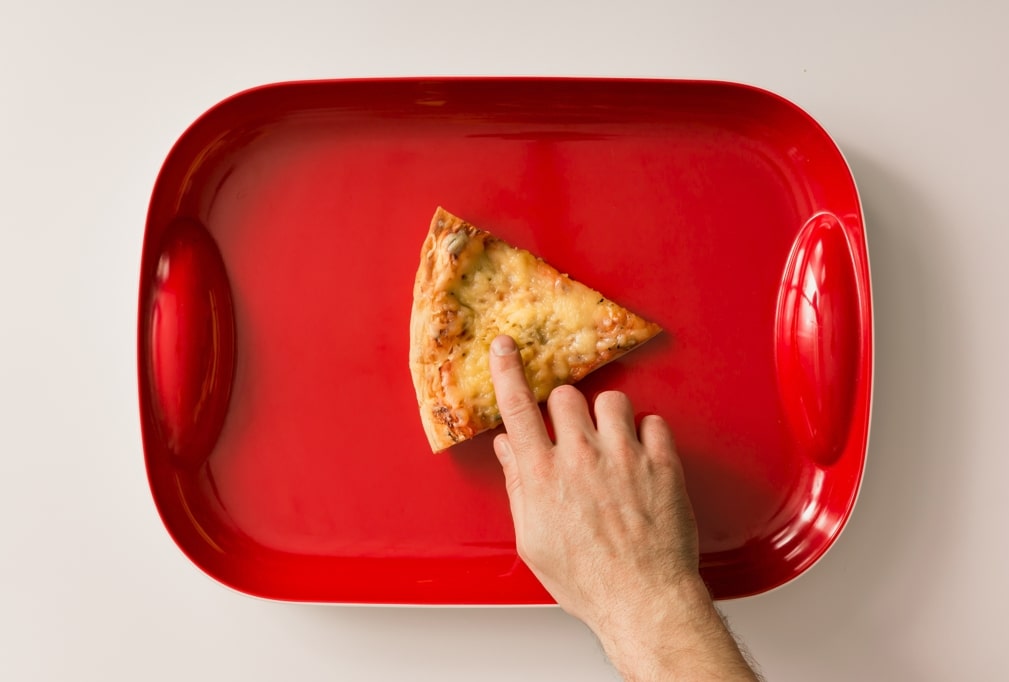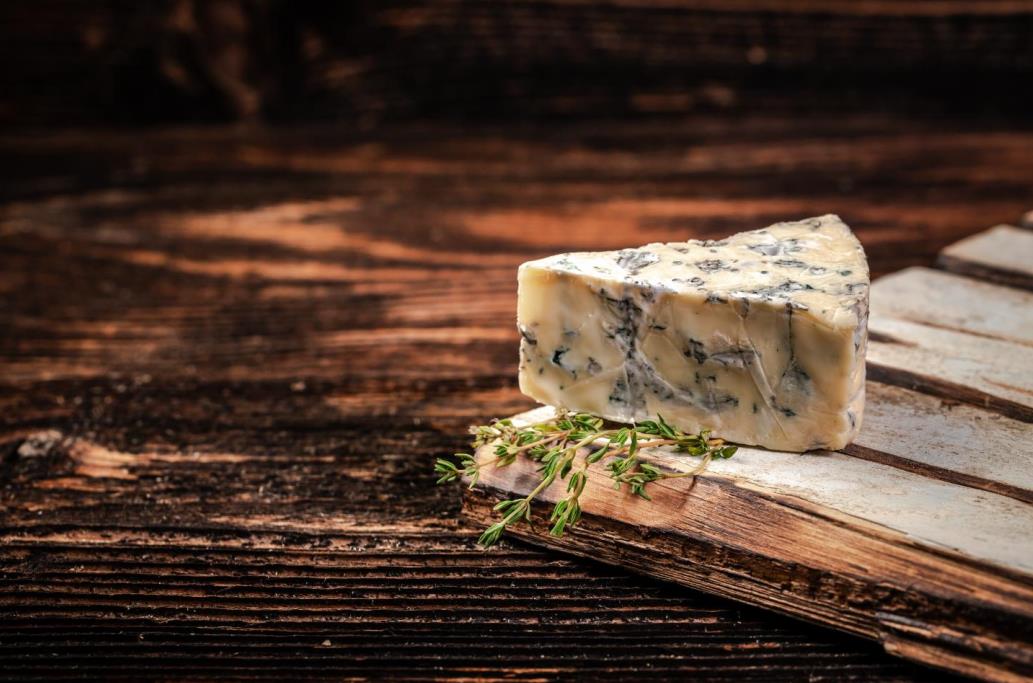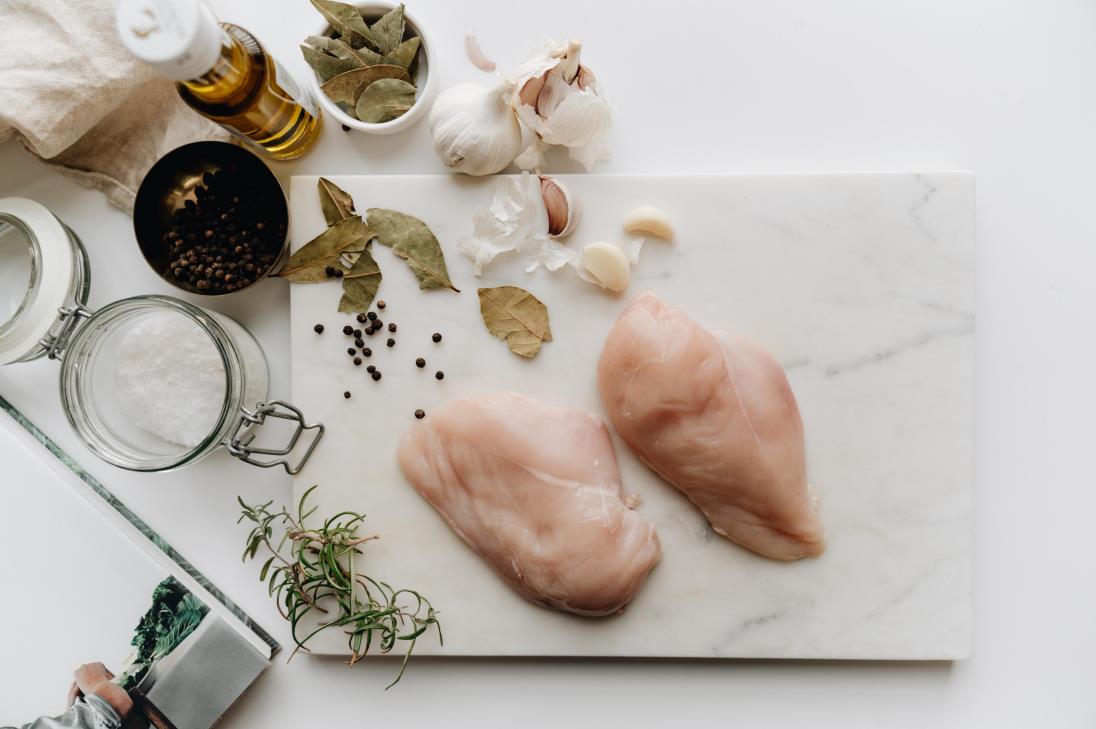Different woods produce cutting boards that range in quality. It is important that the wood’s features suit your image of a perfect cutting board. When shopping for your next cutting board, the chances are you will come across options made from ash wood.
Ash is one of the most commonly used woods for kitchen products, from utensils to cutting boards. Ash wood appears bright and has a pronounced grain pattern. It produces an aesthetically pleasing cutting board that excels at the hands of an attentive cook.
So, is ash wood good for wood cutting boards? In this article, we’ll conclude whether or not an ash wood cutting board is worthy of your next purchase. Read to the end to discover the features of ash cutting boards to see if you should buy one.
Table of contents
Ash wood features
- Hardness: With a Janka hardness rating of 1,320, ash wood is considerably hard. It surpasses oak, teak, and walnut but falls below hickory, maple, and ironwood.
- Texture: Ash wood has a straight grain with a uniform, medium to coarse texture. It has sizable, open pores that can absorb liquids. This can lead to rotting if left damp for extended periods.
- Color: Ash wood has a bright color, ranging from pale yellow to light brown. The dark-colored grains enrich its appearance. Ash wood also darkens over time with exposure to light.
- Food safety: Ash wood is entirely food safe. It doesn’t release toxins or chemicals upon contact with food. However, being porous, ash wood cutting boards require careful care to prevent bacterial growth from food bits and juices.
- Cost: A moderately priced wood, ash wood is an affordable wood choice. It costs less than many woods used for cutting boards; for example, cherry, teak, and mahogany.
Is ash good for cutting boards?
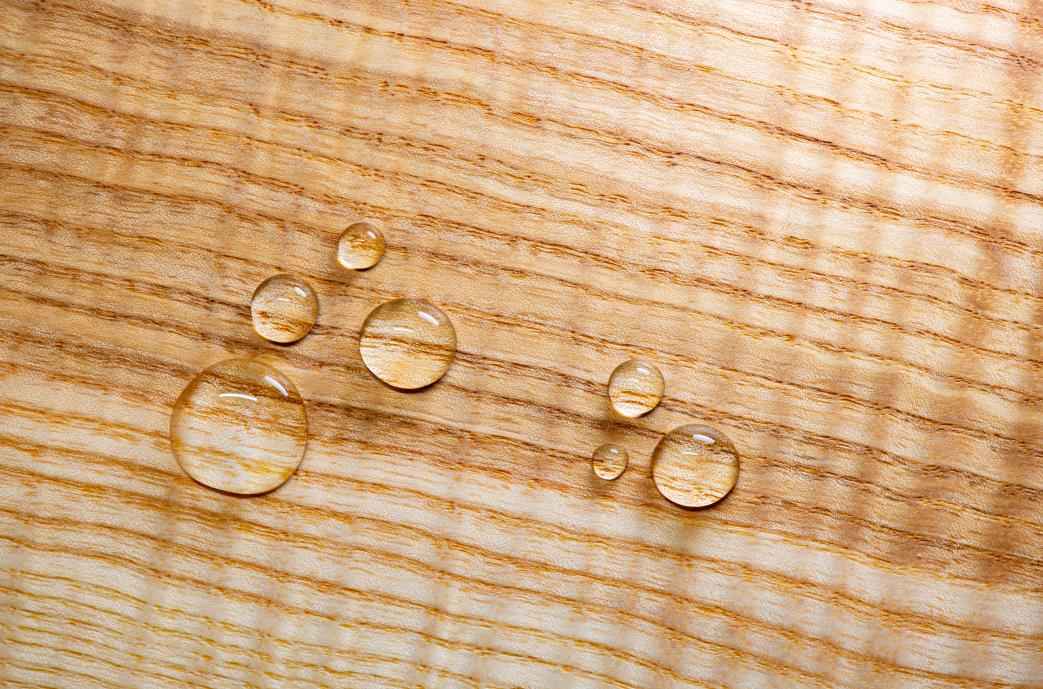
The above list showcases the primary features of ash wood. It can give you a sense of what kind of cutting board it makes, but there is more to discuss. Here is an in-depth summary of ash for wooden cutting boards, covering everything it will face in the kitchen.
Water resistance
As mentioned, ash wood has large, open pores. These pores give passages for juices from foods to penetrate the surface. Although wood naturally kills bacteria, it can be too much following improper use.
An ash wood cutting board subjected to too much water and other liquids can warp, crack, or even rot in some cases. Where you buy the cutting board plays a major role in this. Manufacturers should treat ash wood cutting boards by finishing the surface to prevent immediate damage.
These bring down the qualities of ash wood as a cutting board material. However, it is dense and hard, which helps withstand damages caused by water, moisture, and dampness. That said, ash wood isn’t the best at repelling water, but it isn’t that bad, either. As long as you’re willing to apply a generous amount of food-grade mineral oil to the surface regularly, water resistance won’t be something to question.
Impact resistance
A cutting board should be hard to resist a sharp knife but proportional. Excessive hardness can slowly degrade sharpness upon every contact. There is a sweet spot for a cutting board’s hardness to last long while not dulling knives. Ash misses this by a tiny margin.
An ash wood cutting board will have a better impact resistance than a good relationship with your knives. Although it won’t be as severe as cutting boards made from ebony or hickory, you may notice your knife losing its sharpness slowly but surely. We recommend using blades with good edge retention if you decide to bring home an ash wood cutting board.
Durability
These bring us to the overall durability of ash wood. Despite the somewhat problematic large pores that can lead to water damage, it withstands regular use. You won’t notice scratches or deep marks caused by your sharp knife. If it were the other way around, the ring-porous surface would absorb all the water it could take, leaving you with a swelled cutting board.
Luckily, the density of ash doesn’t let that happen. Still, you can extend the lifespan of an ash cutting board with regular care, which brings us to the next topic.
Upkeep
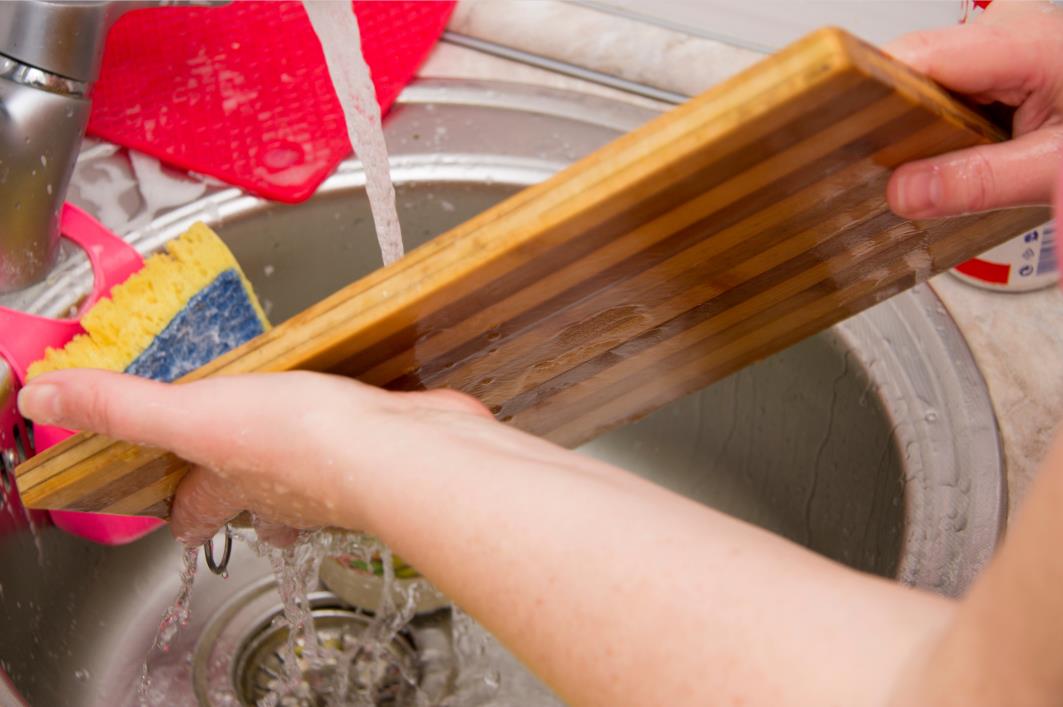
If you plan to get an ash cutting board, be prepared to look after it. Even though it is a dense wood, the surface is susceptible to drying. The open pores require a regular coat of food-safe mineral oil.
Setting a routine for maintaining ash wood cutting boards is a must. In exchange for the supervision, the cutting board will be as good as you take care of it.
The care you provide to the cutting board doesn’t have to be anything special. Applying mineral oil when the surface is dry, hand washing it, and letting it air dry on its side is enough to keep any cutting board in top shape.
Pros of ash wood cutting boards
- Gorgeous looks
- Affordable price
- Dense cutting surface
Cons of ash wood cutting boards
- Prone to stubborn stains
- Isn’t the most knife-friendly
- Requires exhaustive care
Handpicked for you
True cutting power in the palm of your hand
Is ash wood a good cutting board material?
Ash wood is a sensible option if you’re up for more care than average for a cutting board. Many question its durability due to the open pores. Guess the same? Consider that with proper treatment from the manufacturer – and some extra upkeep from you, ash wood can make a robust cutting surface that will last for years.
An ash wood cutting board won’t last very long after finding itself submerged in water and dirty in the sink repeatedly. Again, ash wood can be a good cutting board material if you’re up for the upkeep it requires.
Alternatives to ash wood for your next cutting board
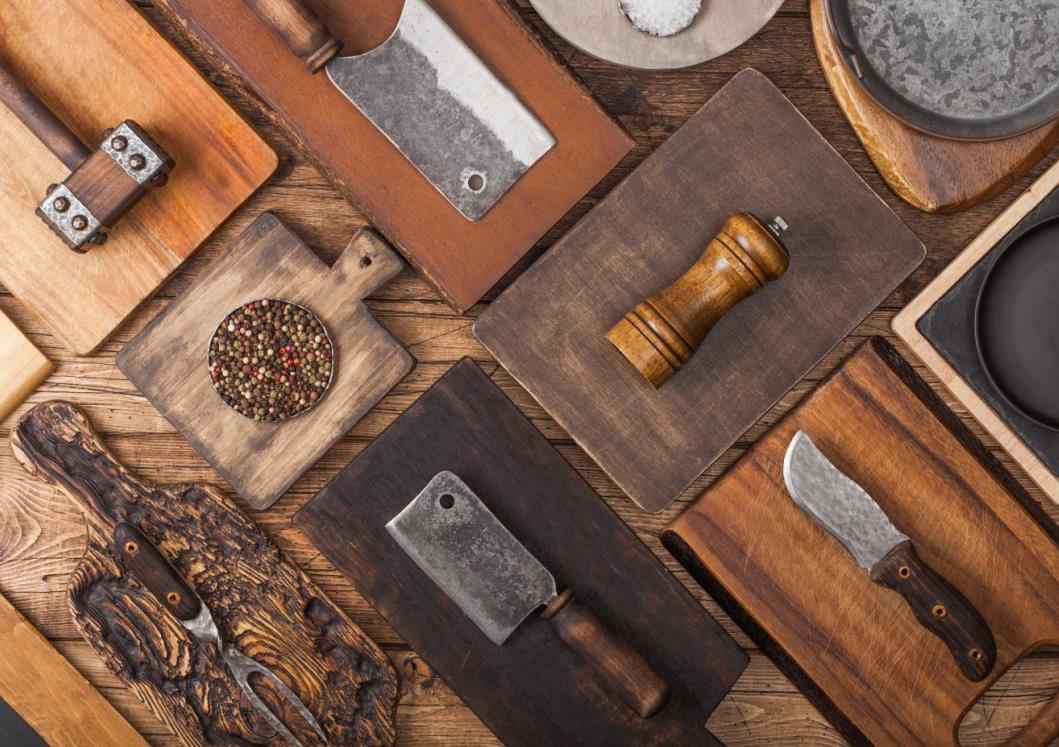
- Teak: The highlight of teak is its rich natural oil content that provides an almost water-repellant cutting surface. The tightly packed wood fibers don’t allow food particles and moisture to get deep into the wood, boosting its durability. All these come with a sufficient hardness that won’t dull your chef’s knife at the same time. Although expensive, teak cutting boards are the ultimate alternative to ash wood with their matching light to dark brown color and superior qualities.
- Larch: Yellowish to red-brown color with straight grains, larch resembles ash wood in many ways. It can be the perfect alternative if you find ash too hard for your knives and looking for a budget option. Larch cutting boards can get damaged easily compared to harder woods, but it is dense enough to withstand permanent knife marks.
- Maple: Maple is hard, closed-grained, affordable, and light-colored as ash. It is a bit harder at 1,450 lbf on the Janka hardness scale. This increased hardness from ash can negatively impact knife sharpness, but its durability, water resistance, and inexpensive price make many cooks overlook this. The creamy white wood of maple might just be the sturdier alternative to ash you’ve been looking for in a cutting board.
- Beech: Beech is very similar to ash wood in terms of hardness, price, and appearance. The primary difference is it is diffuse-porous, meaning beech has even pores. Beech cutting boards are the best substitute for ash cutting boards if water resistance is essential for you.
Closing
Ash wood certainly doesn’t make the best cutting board, but a valued one from a price-performance point of view. It has adequate durability for many aspiring home chefs, a light color to shine in the kitchen, and a sturdy cutting surface. If you’re up for some further upkeep than your previous cutting board, you can’t go wrong with ash wood cutting boards.
What better way to complement your next cutting board than a fresh chef’s knife to go along with it? We sell premium-quality handmade kitchen knives at affordable prices. Browse our handmade kitchen knives and take advantage of the limited-time only free shipping within the US.








